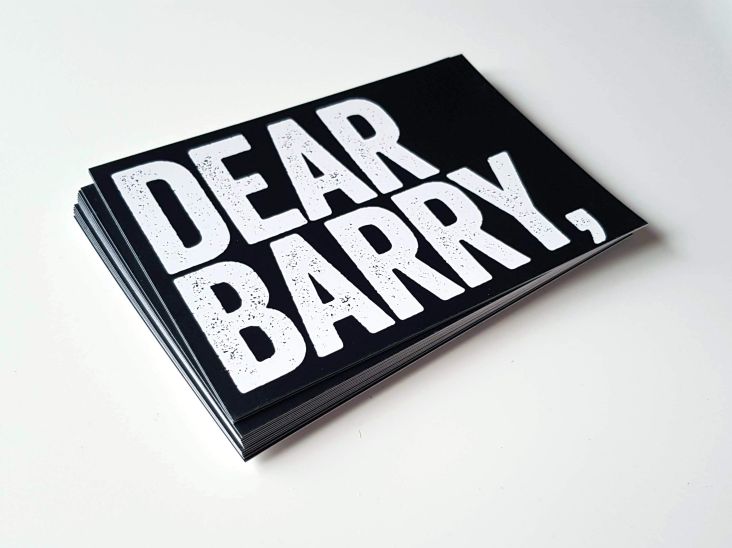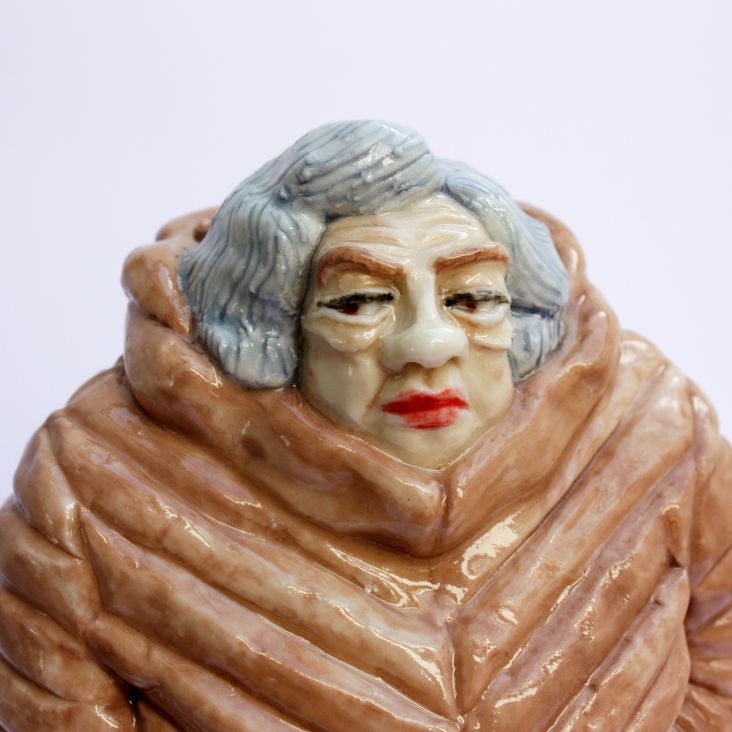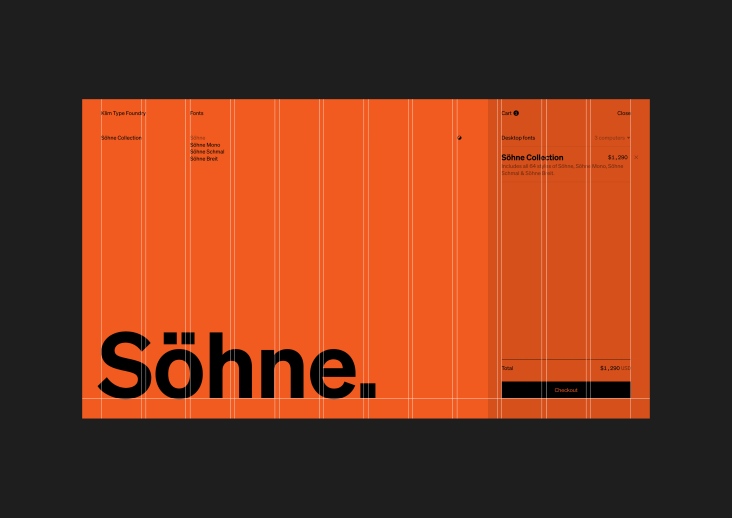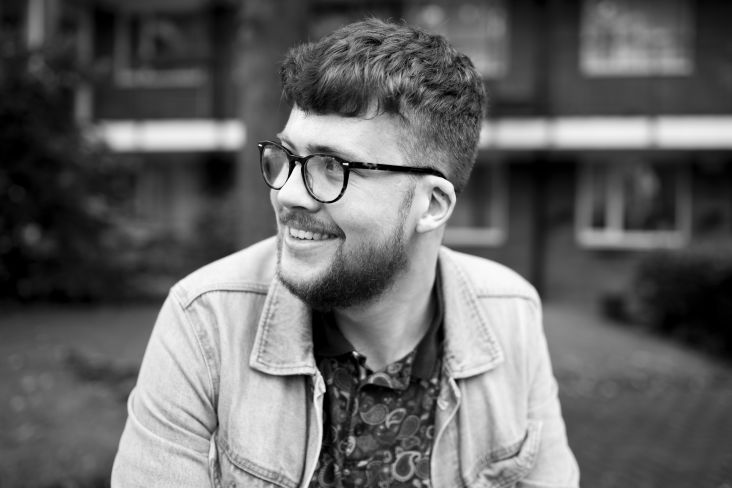The Hoodie is a new exhibition that explores the many roles and stories behind the garment
Is the 'Hoodie' the most socio-political garment on the planet? A new exhibition at Het Nieuwe Instituut in Rotterdam, this December will explore its role.
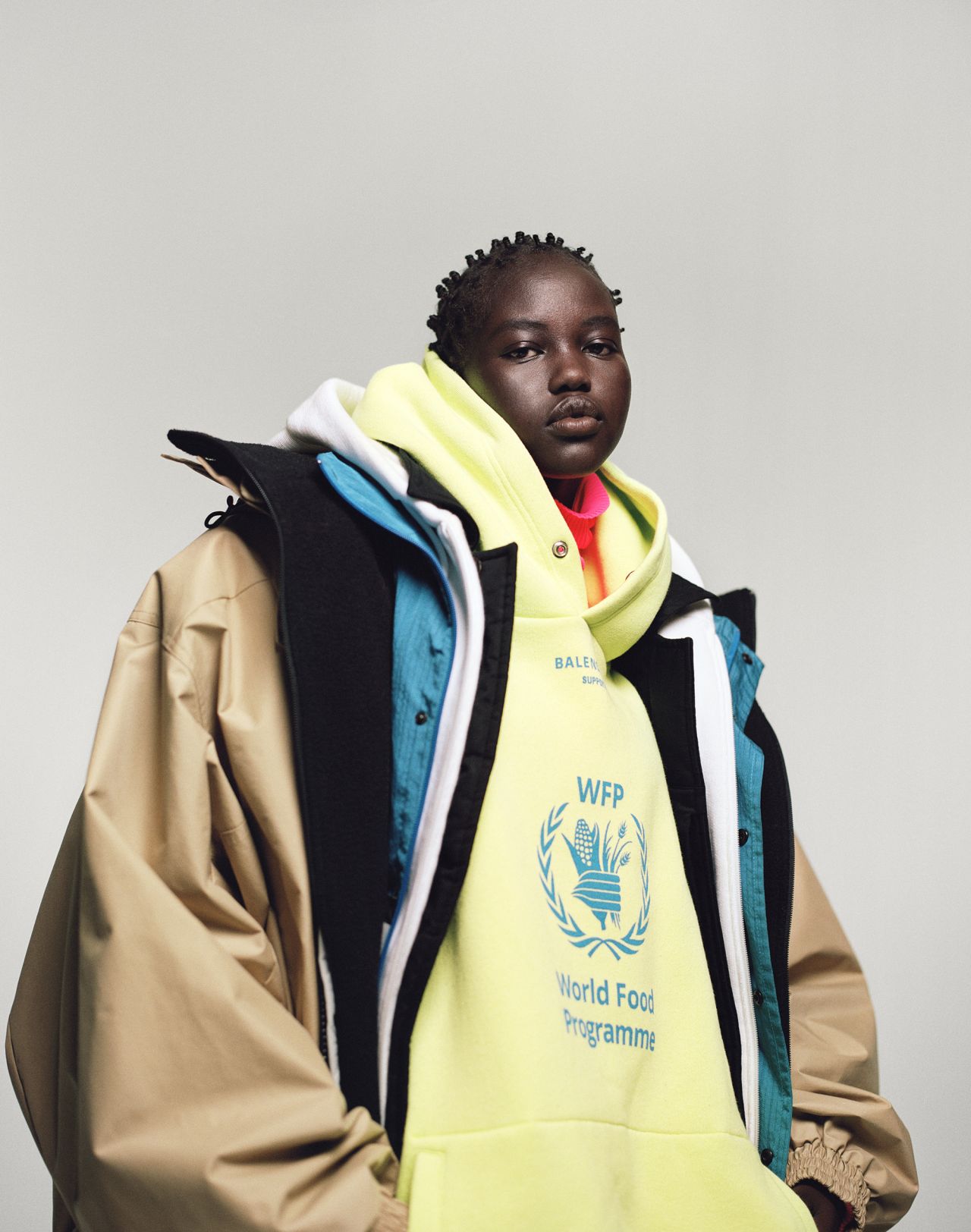
Model Adut Akech wears Balenciaga in i-D's The Earthwise Issue, Fall 2018. Photograph: Campbell Addy. Styling: Alastair McKimm
Its life started off innocently enough, with origins in Medieval Europe when monks had cowls on their tunics. Its modern version was first introduced by Champion in the 1930s, as a practical solution for workmen in New York. It became fashionable in the 1970s with hip hop and the film, Rocky, playing their part. Even geek culture was getting in on the act as tech companies embraced the hoodie and many university logos began to appear on them.
But it wasn't until the 1990s that the term 'hoodie' became widespread. Today, the hoodie tells many stories – tales of social inequality, youth culture, subculture, police brutality, racism, privacy, fear and style. It is a garment that sparks a range of emotions, communicating all manner of social and cultural ideas and nuances depending on the gender, geography, age, conduct and ethnicity of the wearer and, in turn, the prejudices and politics of the viewer. It is now, arguably, fashion's last truly political garment.
'The Hoodie', which opens on 1 December, unites artworks with garments, printed matter, digital footage, social media posts and other cultural artefacts. It explores distinct and intersectional themes including the rise of surveillance culture and facial recognition technology; music and subculture; conversations around androgyny and gender fluidity; and the breakdown of traditional dress codes.
The show examines these themes in relation to the hoodie, challenging us to consider its multifaceted relationship with contemporary culture. The exhibition also contextualises the hoodie in fashion history, tracing its evolution from 1930s workwear to the icon of streetwear.
It will feature work by seminal artists and photographers such as David Hammons, Campbell Addy, Sasha Huber, John Edmonds, Lucy Orta and Thorsten Brinkmann, as well as designers such as Rick Owens, Off-White, VETEMENTS, and Vexed Generation. Also on display will be specially commissioned installations by Bogomir Doringer and Angelica Falkeling.
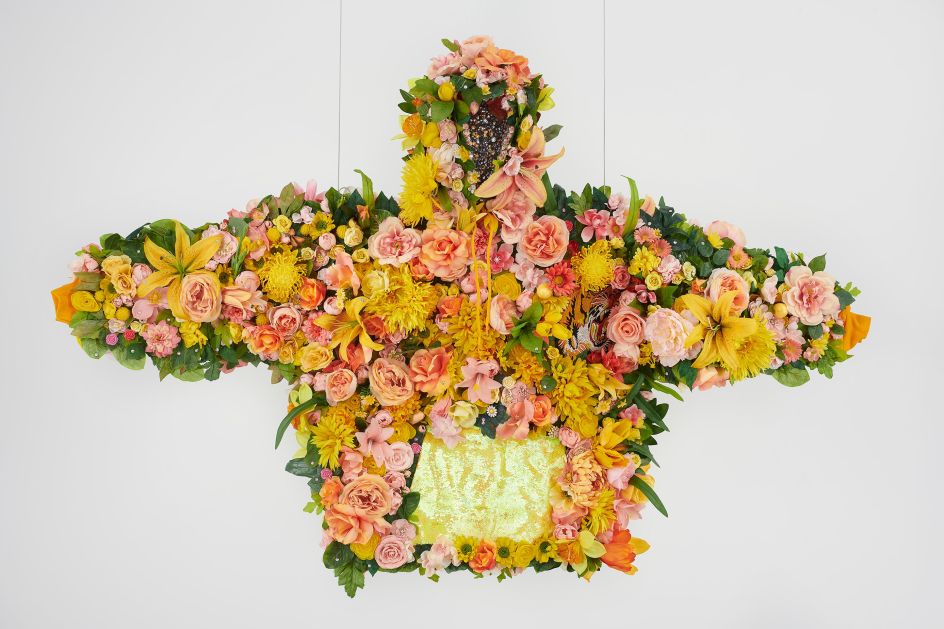
February II, 2019 by Devan Shimoyama
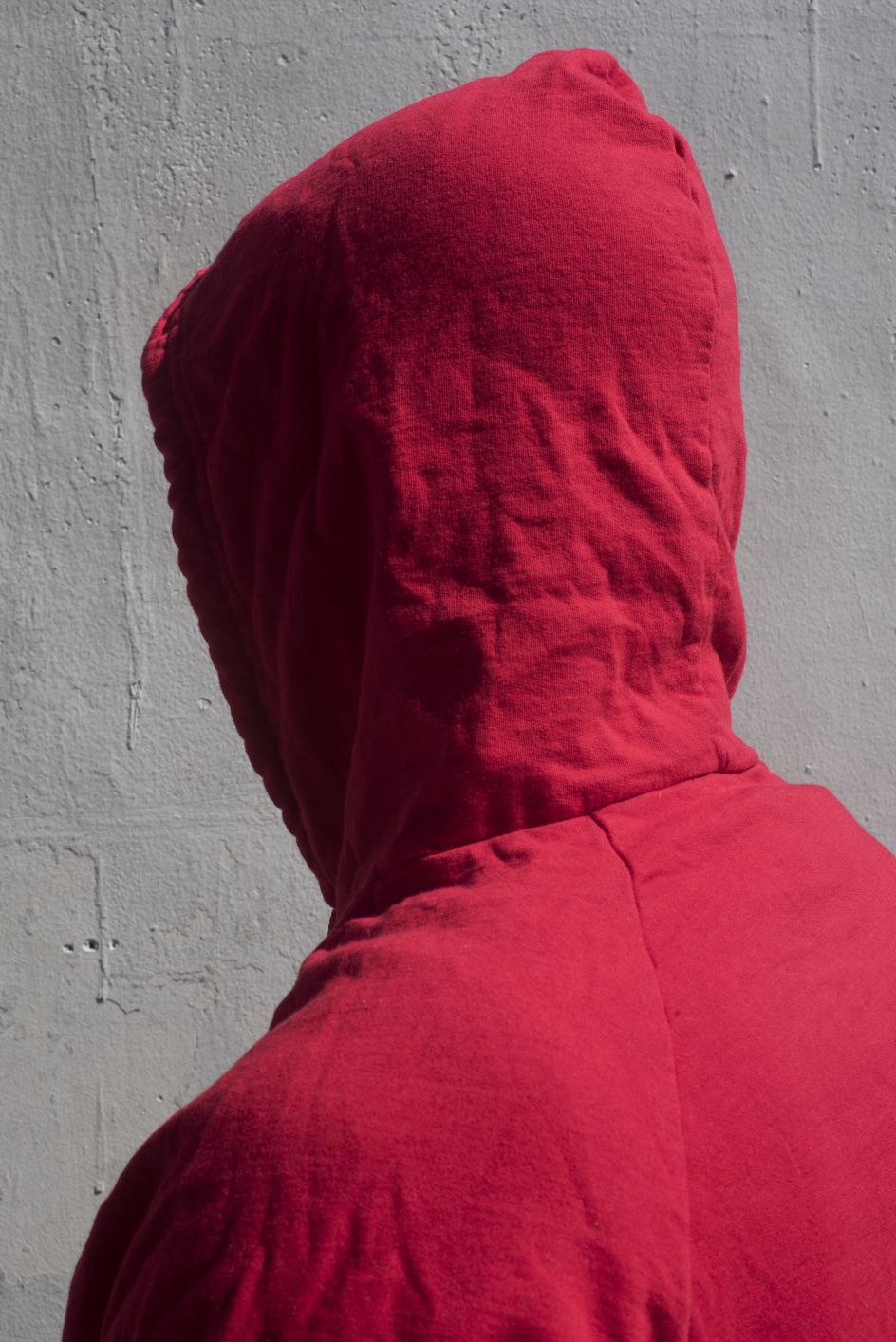
Untitled (Hood 13), 2018, archival pigment photograph by John Edmonds
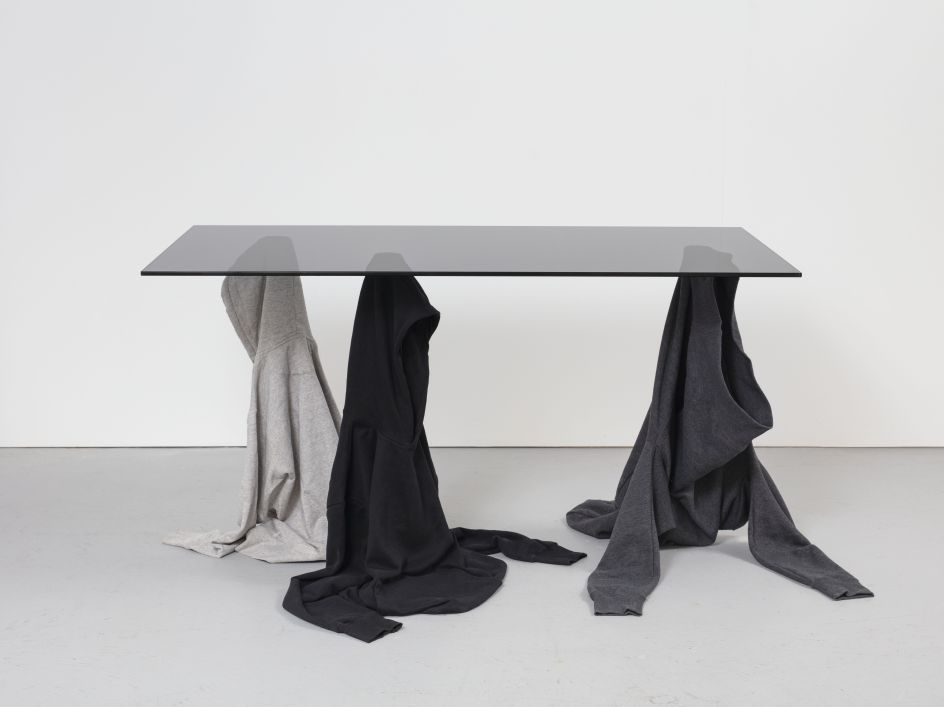
Umbra, 2019 by Prem Sahib. Photograph by Plastiques
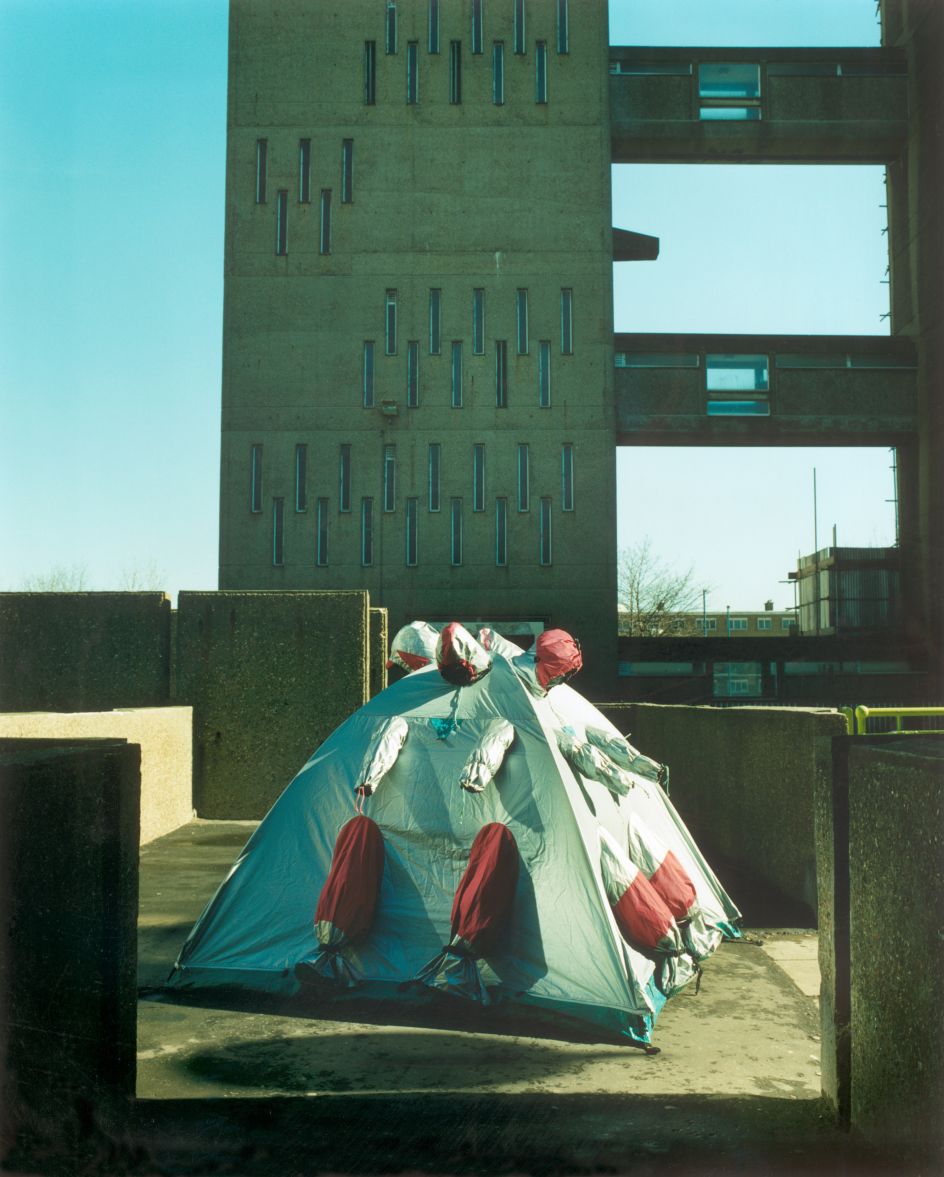
Refuge Wear Intervention, London East End 1998 by Lucy + Jorge Orta. Photograph by John Akehurst
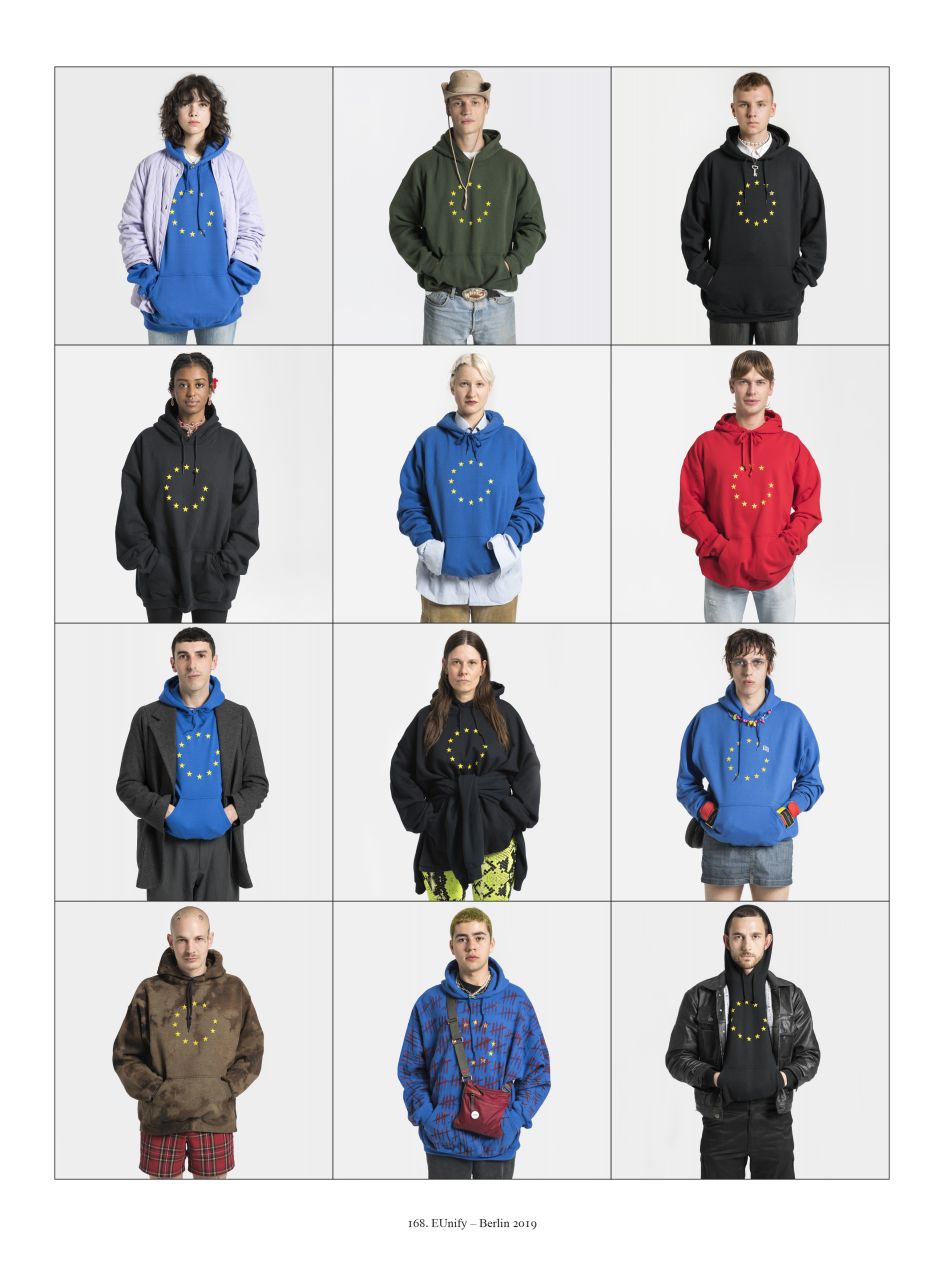
EUnify – Berlin 2019, 2019 by Ari Versluis and Ellie Uyttenbroek, Exactitudes 168
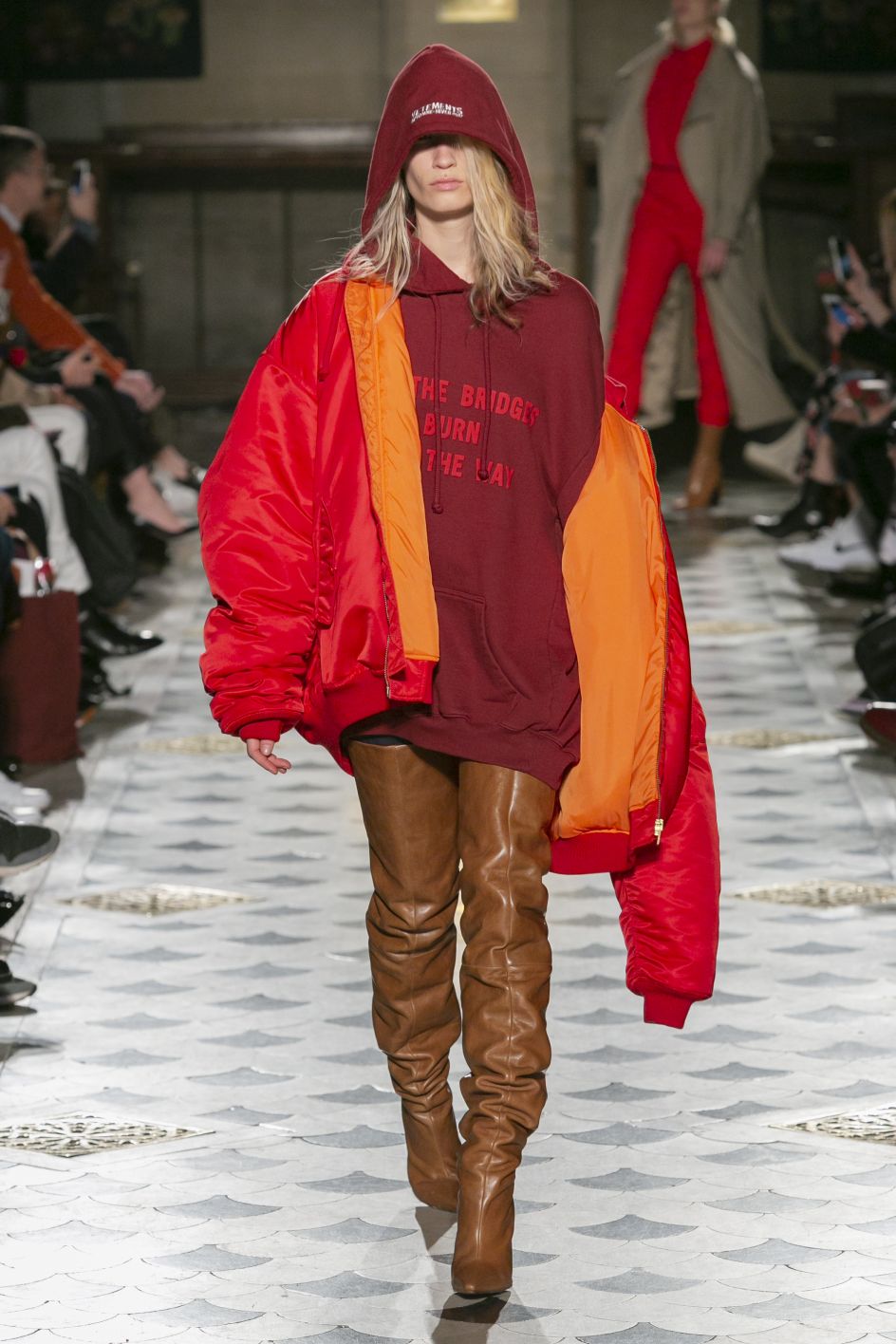
VETEMENTS Ready to Wear, Autumn/Winter 2016. Photo credit: Gio Staiano




 by Tüpokompanii](https://www.creativeboom.com/upload/articles/58/58684538770fb5b428dc1882f7a732f153500153_732.jpg)


 using <a href="https://www.ohnotype.co/fonts/obviously" target="_blank">Obviously</a> by Oh No Type Co., Art Director, Brand & Creative—Spotify](https://www.creativeboom.com/upload/articles/6e/6ed31eddc26fa563f213fc76d6993dab9231ffe4_732.jpg)








](https://www.creativeboom.com/upload/articles/f7/f754f04726860c4417df62eb1663dd4811097652_732.jpg)
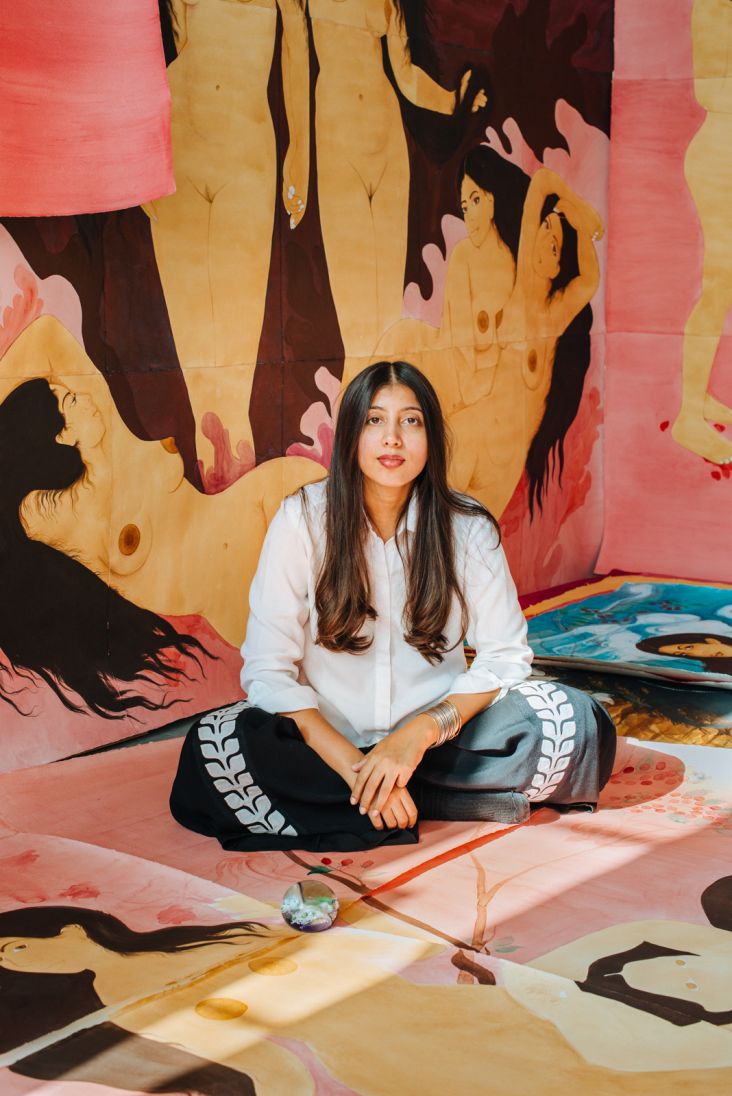
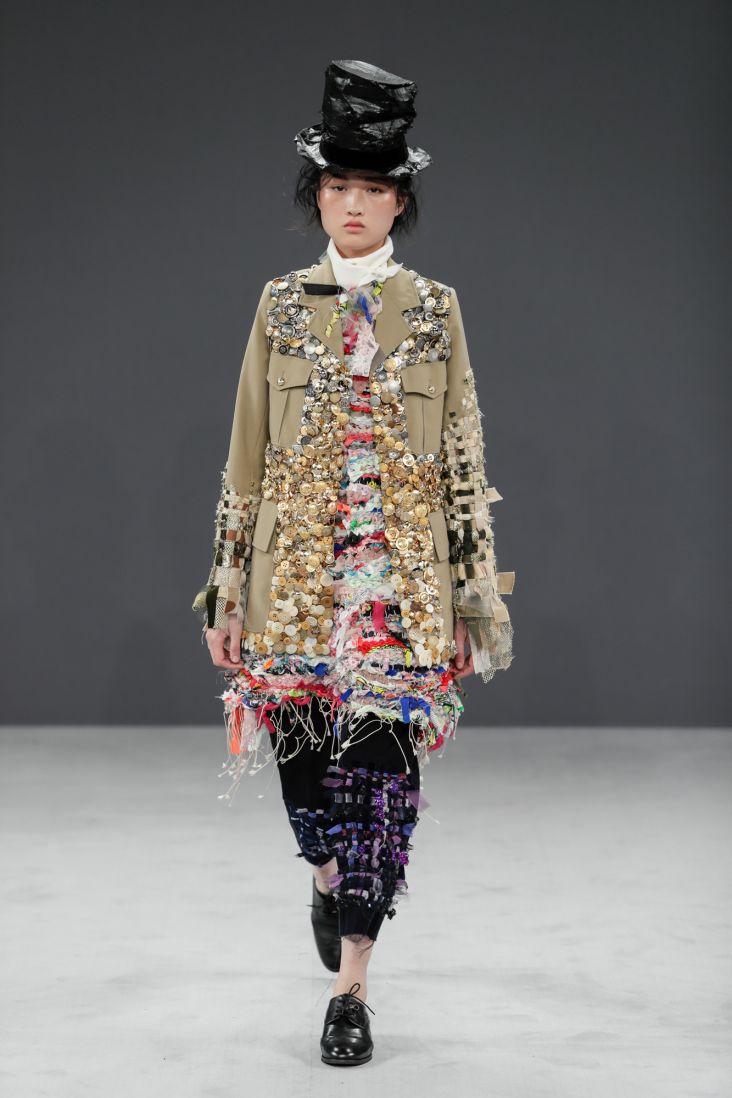
](https://www.creativeboom.com/upload/articles/42/421b16f5ed60a21e079b9fa2dcabeb2d6dd4e6ea_732.jpg)
